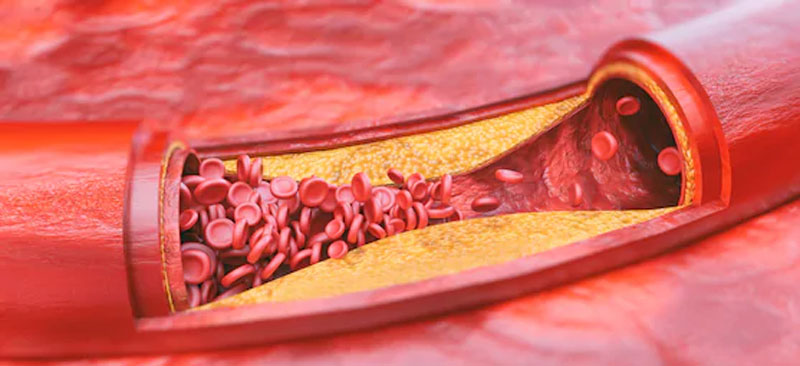

1 PAD is a common finding among patients over age 50, yet it is frequently underdiagnosed. Choosing the right diagnostic test is key.īy Brittany Mammano, DPM, PGY-1, and Saba Sadra, DPM, MScĮight million men and women in the United States have lower extremity peripheral arterial disease (PAD). Peripheral arterial disease may be a common finding among those over 50, but it remains underdiagnosed.


Copyright © 2014 by the authors permission for reuse provided by the lead author. A practical approach to interpreting lower extremity noninvasive physiologic studies. Reprinted from McCann TE, Scoutt LM, Gunabushanam G. ABI, ankle brachial index CTA, computed tomography angiography MRA, magnetic resonance angiography PAD, peripheral arterial disease PVR, pulse-volume recording TBI, toe brachial index US, ultrasound. Please note that because of variations in physician preferences, it is common to perform rest ABI,TBI, segmental pressure measurements, and PVR in all patients with suspected PAD. Algorithm for the noninvasive vascular laboratory workup of patients with suspected PAD. These findings support the recognition of NCAD as a high-risk phenotype and provide additional relevance to ABI screening in diabetics.ĪBI Ankle–brachial index CAC CVD Cardiovascular disease HDL-c LDL-c Medial artery calcification NCAD PAD PDHS Penn Diabetes Health Study Subclinical atherosclerosis Vascular stiffness ankle–brachial index cIMT cardiovascular disease carotid intima–media thickness coronary artery calcium eGFR estimated glomerular filtration rate high-density lipoprotein cholesterol low-density lipoprotein cholesterol non-compressible arterial disease peripheral arterial disease.Ĭopyright © 2013 Elsevier Ireland Ltd. NCAD bears a distinct relationship to traditional CVD risk factors among diabetics, though like PAD is independently associated with increased CAC. Both PAD and NCAD were independently associated with increased CAC compared to those with normal ABI, and these relationships were not attenuated in multiply adjusted models. Multivariate logistic and Tobit linear regression were used to compare CVD risk factors and coronary artery (CAC) among 1863 subjects with PAD (ABI ≤ 0.9), NCAD (ABI ≥ 1.4 or non-compressible) or normal ABI (0.91-1.39).Ĭompared to those with normal ABI, PAD was associated with smoking, obesity, and lower HDL-c while diabetes duration and reduced renal function were associated with NCAD. The Penn Diabetes Heart Study (PDHS) is a prospective observational cohort of diabetic individuals without clinically evident CVD. Our objective is to investigate whether low and high ABI have distinct patterns of association with cardiovascular disease (CVD) risk factors and subclinical atherosclerosis in individuals with type-II diabetes mellitus. A high ABI represents non-compressible arterial disease (NCAD), and is also associated with increased mortality and vascular events. A low ABI identifies obstructive lower extremity vascular disease and predicts CVD events and increased mortality.

Ankle-brachial index (ABI) screening is recommended for the detection of asymptomatic peripheral arterial disease (PAD) in at-risk populations, including diabetics.


 0 kommentar(er)
0 kommentar(er)
